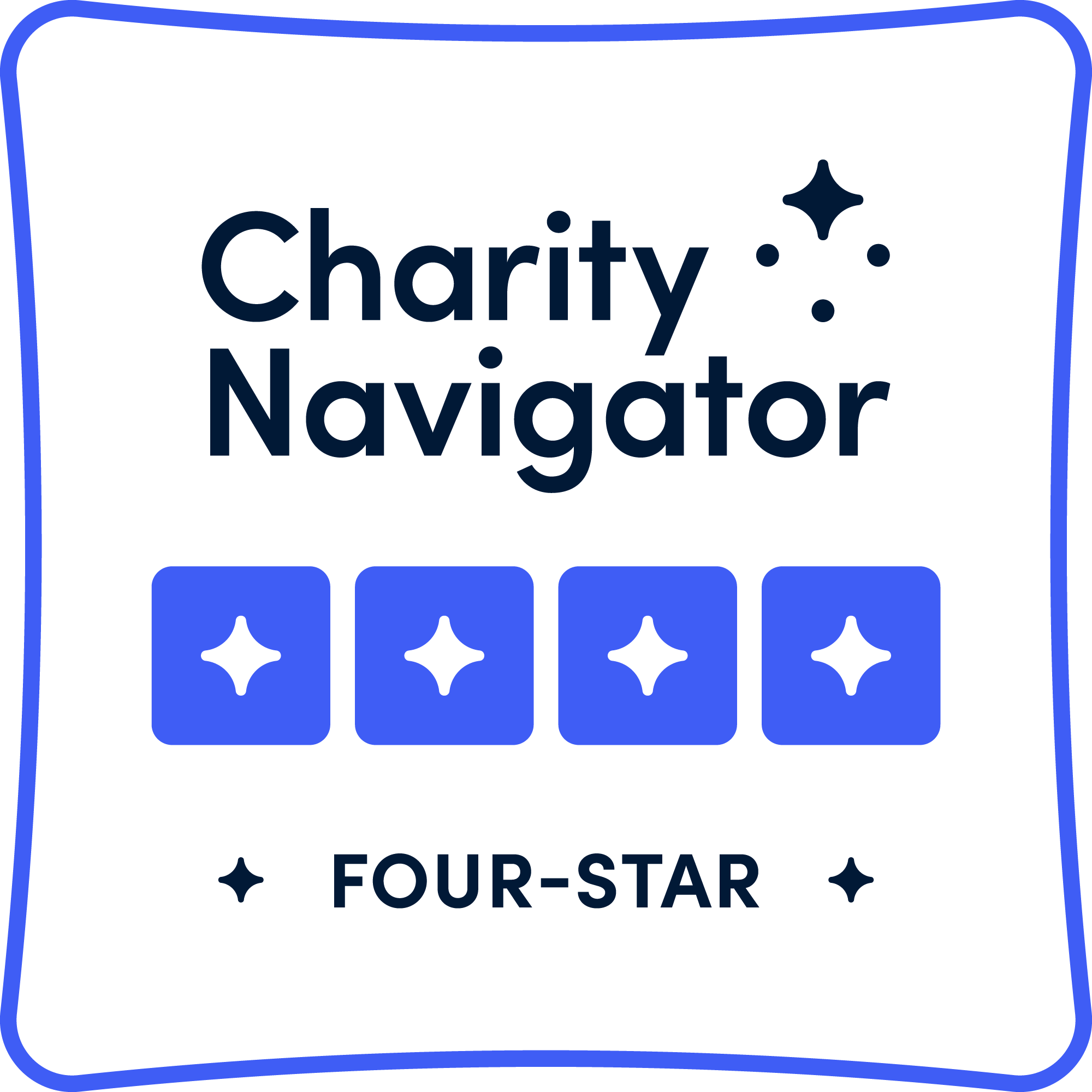Dr. David Khorram: How to Make a Difference in the World
“I ask myself, ‘Why do I do this?’ The answer comes the next morning when the bandages come off, and patients dance and doctors cry.” - Dr. David Khorram.
The following is an excerpt from an article written by Dr. David Khorram for Eye Surgery News and published on Healio.com. Dr. Khorram is an HCP affiliated ophthalmologist and medical volunteer helping provide care and training in areas of high need with HCP medical teams.
Imagine doing something 80 to 100 times a day, the same thing again and again, all day long. Now imagine if that something is cataract surgery.
I’m often amazed at the concentration we have as ophthalmologists to sit within the confines of a few millimeters, delicately restoring sight, fully aware that with each movement we are also risking sight. But this amazement reached a new level for me during a trip to a rural hospital in the highlands of Ethiopia with Dr. Matt Oliva and the Himalayan Cataract Project (HCP), simply because of the scale of the surgery and the skill of the surgeons.
Many of you know the story of Nepalese ophthalmologist Dr. Sanduk Ruit and his American counterpart Dr. Geoff Tabin, who together founded the Himalayan Cataract Project (cureblindness.org) and whose efforts led to a 58 percent reduction in the prevalence of blindness in Nepal over the course of 2 decades. If you don’t know the story, pick up a copy of Second Suns by David Oliver Relin. It’s an inspiring read. With its success in Nepal, HCP set its sights on eliminating cataract blindness in other parts of the world, and I was in Ethiopia to participate in one of its high-volume cataract surgery campaigns.
Eliminating cataract blindness is a complex endeavor. The HCP model relies on a two-pronged approach: build the resources within the country so that there are ophthalmologists to treat the cataracts (which requires building training programs and eye hospitals and equipment and management systems and data collection and biomedical technicians and on and on) and address the current backlog of cataracts through regular high-volume cataract surgery campaigns.




